Text-to-Image Models
Text-to-image models are a generative artificial intelligence (AI) system that can create images from written descriptions. These models take a text, often called a prompt, and produce a visual representation
Text-to-image models are a generative artificial intelligence (AI) system that can create images from written descriptions. These models take a text, often called a prompt, and produce a visual representation
Text-to-speech (TTS) is an assistive and generative technology that converts written text into spoken voice output. It uses artificial intelligence (AI) and speech synthesis techniques to produce natural-sounding audio from
Text-to-video models are AI systems that help to generate video content directly from text descriptions. These models analyze the meaning and context of the input text and produce sequences of
What is a Token Limit? A token limit refers to the maximum number of tokens a language model can process in a single interaction. In natural language processing (NLP) and
Tokenization converts something into smaller, manageable, and standardized units called tokens. The term has two primary meanings in modern technology: In Natural Language Processing (NLP): Tokenization breaks down text into
Total Cost of Ownership (TCO) in cloud computing refers to the complete cost of owning and operating a cloud environment over a specified period. Unlike direct costs, such as subscription
In modern DevOps practices, ensuring seamless deployments, feature rollouts, and application stability is crucial for delivering high-quality software. Traffic splitting is a technique that enables teams to control how user
In modern software systems, ensuring transactions execute smoothly, securely, and efficiently is critical to maintaining application performance and user satisfaction. Transaction monitoring is essential in tracking, analyzing, and optimizing these
Transfer learning is a machine learning technique where a model trained on one task is reused or adapted to perform a different but related task. Instead of starting from scratch,
A transformer model is a type of deep learning architecture primarily used for natural language processing (NLP) tasks such as text generation, translation, summarization, and language understanding. The Transformer architecture
What Is Unsupervised Learning? Unsupervised learning is a branch of machine learning in which algorithms analyze and interpret data without labeled outputs or predefined categories. The goal is to uncover
In modern software development, frequent updates and deployments are a necessity. However, not every update goes as planned. Sometimes, new deployments introduce bugs, performance issues, or security vulnerabilities, requiring a
Usage analytics is crucial for understanding user behavior, improving product performance, and optimizing system efficiency. DevOps teams can make informed decisions about feature enhancements, system optimizations, and infrastructure scaling by
Software development before release requires ensuring an application meets business requirements and user expectations. User Acceptance Testing (UAT) is the final phase of testing, during which end-users test the system
A variational autoencoder (VAE) is a type of artificial neural network and a probabilistic generative model. It is an extension of the basic autoencoder architecture, incorporating concepts from Bayesian inference
Variational autoencoders (VAEs) are a generative model in machine learning that learns to encode input data into a compressed, continuous representation and then decode it to reconstruct the original or
What Is a Vector Database? A vector database is a type of database designed to store, index, and retrieve high-dimensional data in the form of vectors. Unlike traditional databases that
Managing changes to code, configurations, and documentation in modern software development is crucial for ensuring collaboration, tracking progress, and maintaining software integrity. Version Control Systems (VCS) is essential to DevOps,
Vertical scaling refers to increasing or decreasing the capacity of a single virtual machine or server by adding or reducing resources such as CPU, memory, or storage. Unlike horizontal scaling,
Workload balancing in cloud computing refers to distributing computing tasks and workloads across multiple servers, clusters, or environments to ensure optimal resource utilization, high availability, and system reliability. It plays
